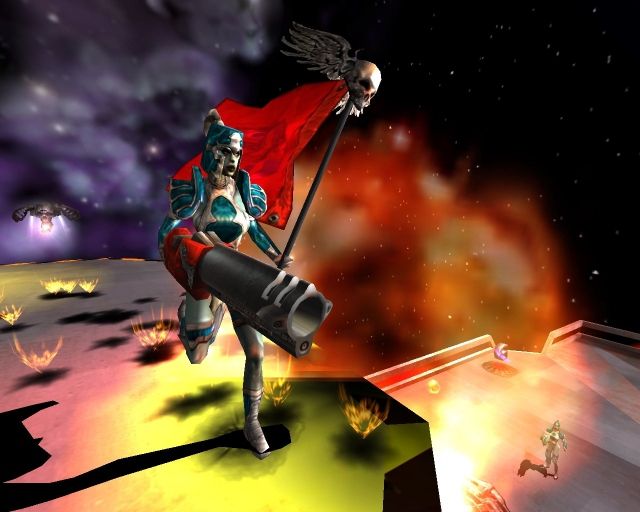

Team Arena has one or too problems you need to be aware of before you install it. TA does run on lower spec machine, after all the minimum id suggest is a PII or K6-3 300/350, 16MB graphics, 64MB system ram, BUT, and this is a big 'but', the performance won't be too good and you won't be too happy! this mission pack is hardware future-proofed - at least for the next 6 months anyway.! To get these new maps and bots to run smoothly (a minimum 50FPS in the 'big bits' of the maps) you're going need one hell of a system spec! We're talking 32MB graphics card - min, absolute minimum of 128MB system ram, and a minimum PIII or AMD - K7 800/850. It's also the perfect time to give it a shot before elite players make online matches less enjoyable to play.You are: Home » Articles REVIEW: Quake 3 - Team Arenaįirst off.

I've been playing earlier betas for the last few months, but now it's finally starting to look like a complete product, with more UI polish and player models I don't entirely hate. That includes new character models, more maps and an infection gameplay mode. Still, its most recent beta release, Season 0, has added a lot on consoles and PCs. I didn't know how much I missed the days of simple multiplayer shooters, games with quick matches that deliver a direct dose of adrenaline and dopamine all at once, until I started playing Splitgate.Įven though it's become wildly popular over the last few months, Splitgate hasn't officially launched yet. They take longer to play, and one screw-up could take you out of a match entirely. Battle Royale titles like PUBG and Apex Legend changed the landscape with enormous maps with 100 players, but they've always felt more like tense survival games than huge fragfests. I've gotten into plenty of shooters over the years, but they've never quite scratched my Quake 3 itch (perhaps because I never again had vast amounts of free time to eat pizza and play all day). And being able to sneak up on a camping sniper by throwing a portal behind them is always satisfying. A chase through a corridor could easily get wild as you jump between multiple portals. All of a sudden, walls high up on the map could give you a vantage point to snipe oblivious foes. Splitgate's subtle complexity is what makes it addictive. If you can sneak up on an enemy with portals, they can do the same to you. And of course, it goes the other way too. Being able to strategically use portals is just as important as being a crack shot who's memorized every map. But in practice it fundamentally changes how they work. That may seem like a small, even quaint, addition to the world of 4v4 online shooters.


 0 kommentar(er)
0 kommentar(er)
